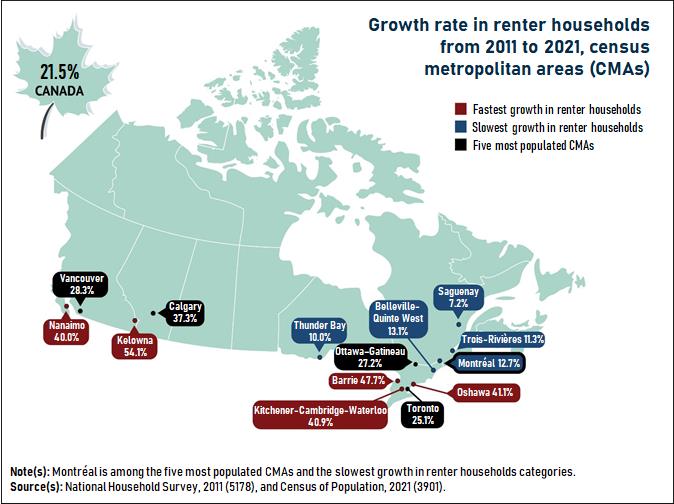Market Update for September 23

After hitting a peak of 69.0% in 2011, the overall proportion of Canadians who own a home was 66.5% in 2021. For comparison, the rate of homeownership was 65.5% in the United States, 67.3% in the United Kingdom, and 69.6% in Mexico.
The provinces that saw the biggest declines in homeownership between 2011 and 2021 were Nova Scotia (from 70.8% to 66.8%) and Prince Edward Island (from 73.4% to 68.8%). Homeownership rates declined in some of Canada’s most populous provinces as well, with British Columbia seeing the third-largest decline (from 70.0% to 66.8%) and Ontario seeing the fourth-largest decline (from 71.4% to 68.4%).
While the population of homeowners increased by 8.4% between 2011 and 2021 that same number increased by 23.7% from 1996 to 2006, indicating that while we’re still seeing increased amounts of homeowners, the momentum is now going the other way. And, as is usually the case, when homeownership goes down, rental rates go up, and the Statistics Canada data shows that is exactly what is happening.
Approximately 33.1% of Canadians, or 5 million people were renters in 2021, but what’s particularly noteworthy is both numbers — a 33.1% rental rate and 66.5% homeownership rate — are trending in opposite directions, regardless of where in Canada you look.
“The growth in renter households outpaced the growth in homeowner households from 2011 to 2021 in each of Canada’s 41 large urban centers,” Statistics Canada says. “In 30 CMAs [Census Metropolitan Area], the growth of renter households was more than double the growth of owner households over this period.”
The five CMAs in Canada that saw the highest renter population growth rate between 2011 and 2021 came exclusively from two provinces: British Columbia and Ontario. Those CMA’s were Kelowna (+54.1%) and Nanaimo (+40.0%) in BC and Barrie (+47.7%), Oshawa (+41.1%), and Kitchener–Cambridge–Waterloo (+40.9%) in Ontario.
